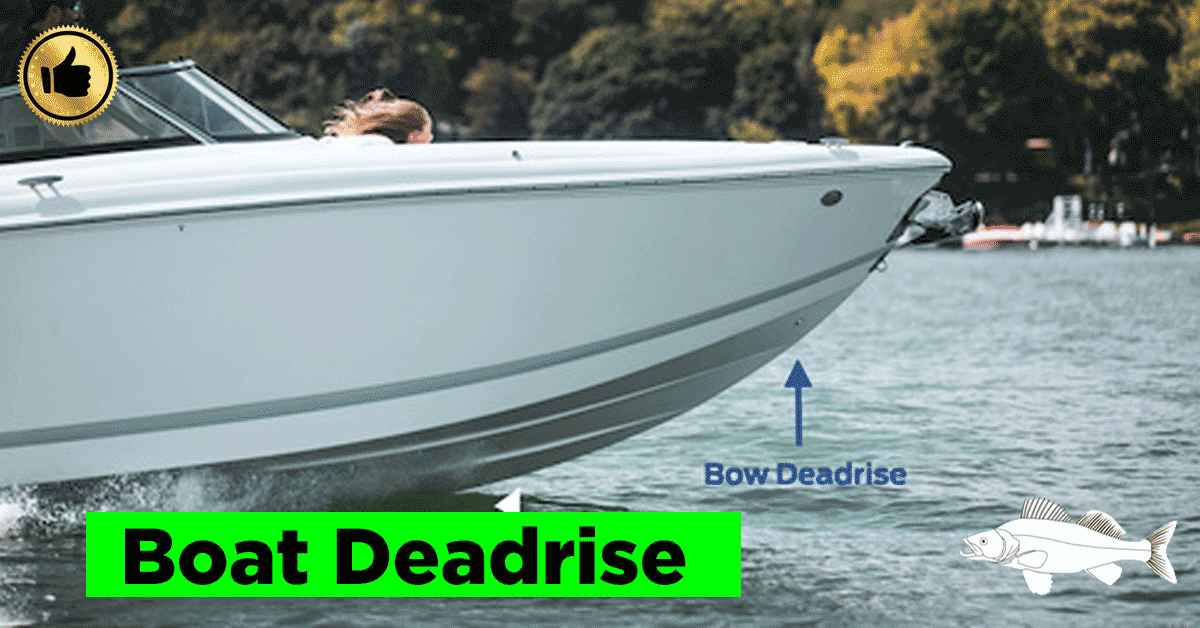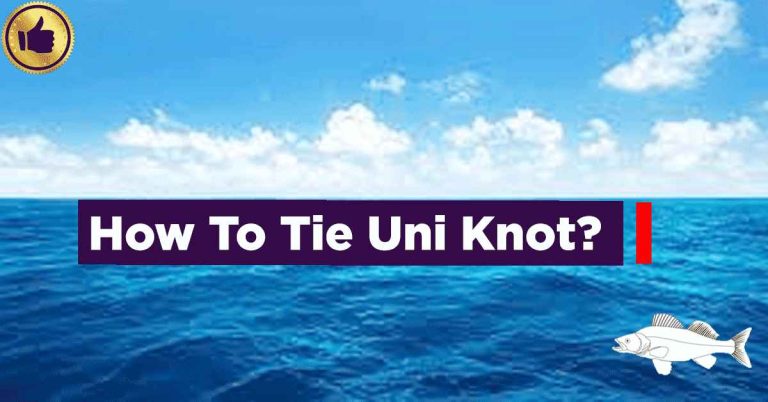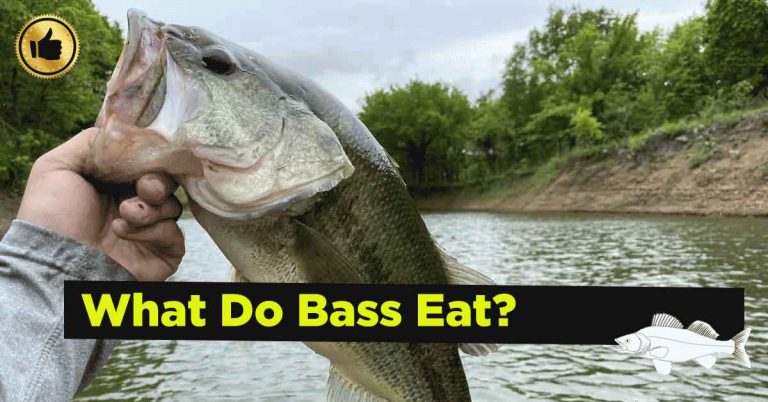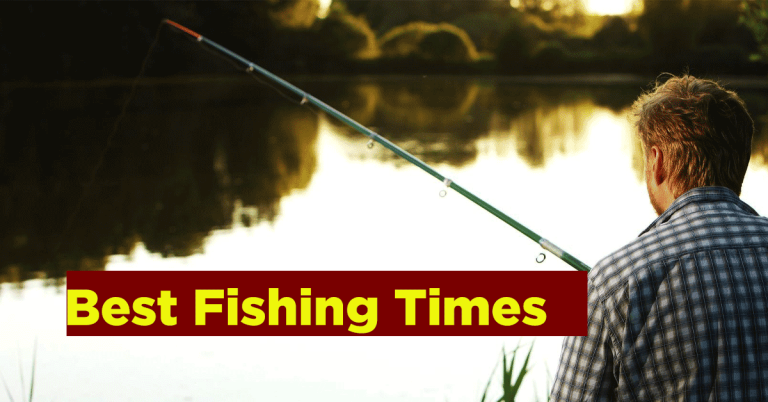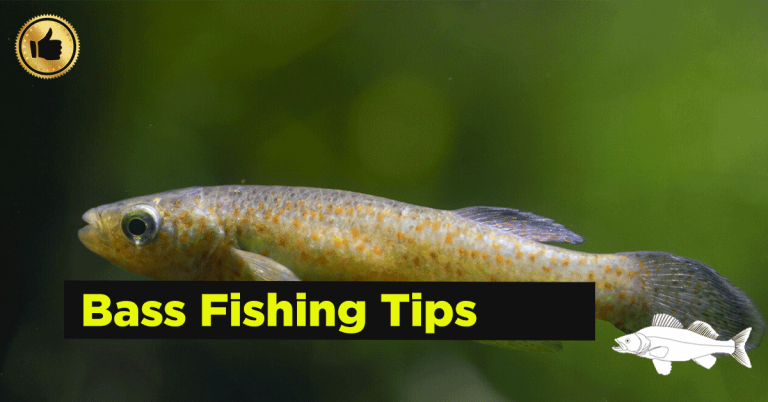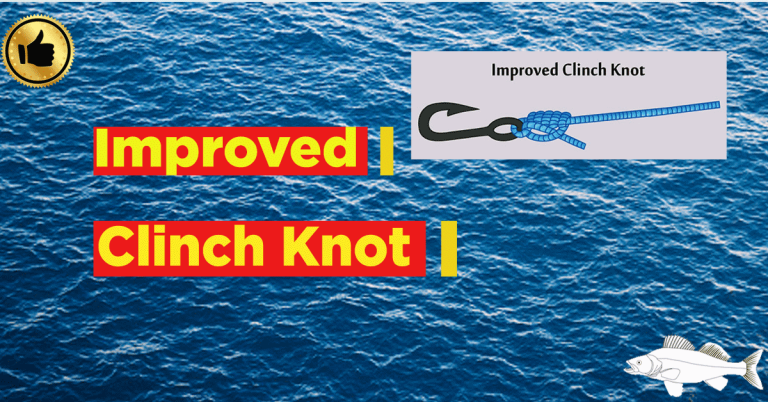What is Deadrise On a Boat- The Ultimate Guide
Have you ever thought about why a boat’s hull is shaped as it is? Why are some boats flat and others V-shaped with varying angles? Let’s see what a deadrise on a boat, how it is inherent to V-bottom boats, and how it affects performance and travel comfort in different water conditions. The physics of deadrises are interesting whether you’re buying, renting, riding, or watching boats. Let’s learn more about deadrise and why it affects performance and comfort.

The design of a vessel’s hull may significantly impact its overall efficacy, efficiency, and stability. While numerous factors go into designing a boat, the deadrise is one of the most crucial since it provides a standard by which to evaluate various hull designs. The form of boat hulls is an important place to start when trying to understand the concept of a deadrise. Additionally, keep the following in mind:
- Not each boat has a deadrise angle. Deadrise pertains to specific types of vessels, excluding those with flat bottoms.
- The deadrise angle should be taken into consideration while choosing a boat in some cases. This angle may hinder your boat’s performance on the water.
What Is Deadrise on a Boat?
V-bottom boats are identified by a “V” shape that is tilted and whose angle does not remain constant along its length. Deadrise refers to the angle formed between the bottom of a boat and the waterline, and boats often have a deadrise or steeper “V” in the front to slice through the water more easily. Stick with me to learn why deadrise matters.
Why Does Deadrise Matter?
As we move along the vessel and towards the rear, the deadrise angle gradually decreases, resulting in a “V” shape that is wider and has a shallower depth. The boat’s V-shaped deadrise helps it cut over rocks and waves.
Some hulls can even develop a flat-bottom or semi-flat-bottom shape at the back, providing a great deal of goods-speed stability in smooth conditions. These semi-flat bottom designs offer improved handling at faster speeds and a smoother ride in rough seas. An instance of this would be a small recreational vessel that has a deadrise angle of roughly thirty° at the front and gradually tapers down to less than fifteen or even ten degrees in the back.
Deadrise helps mariners predict how effectively the boat will function in harsh, uneven seas. A greater deadrise (angle) cuts through waves and lakes easier and provides a better ride, particularly at faster speeds. However, a low deadrise will hit waves harder, making high-speed travel unpleasant. In addition to this, deadrise makes the boat more sensitive to the rocking that occurs as a direct result of the movement of the people who are onboard. Many companies prefer a middle ground when it comes to optimal deadrises for top performance.

Disadvantages of High Deadrise
However, there is a drawback to having a high deadrise. Sharper angles cause the hull to fall further into the water, restricting access to shallower areas compared to boats with a lower deadrise. This is why flat-bottom boats are the best option for exploring wetland areas and marshes by boat.
Conclusion:
The deadrise is the angle at which the bottom of a boat is angled. Deadrise angle and how well the hull and bottom define the boat’s intended function are two things to consider the next time you come across a boat. A flat-bottomed boat is ideal for cruising leisurely through swamps, wetlands, and other shallow waters while taking in the view. However, a V-bottom boat is the best choice if speed is paramount and you need to efficiently navigate waves.
